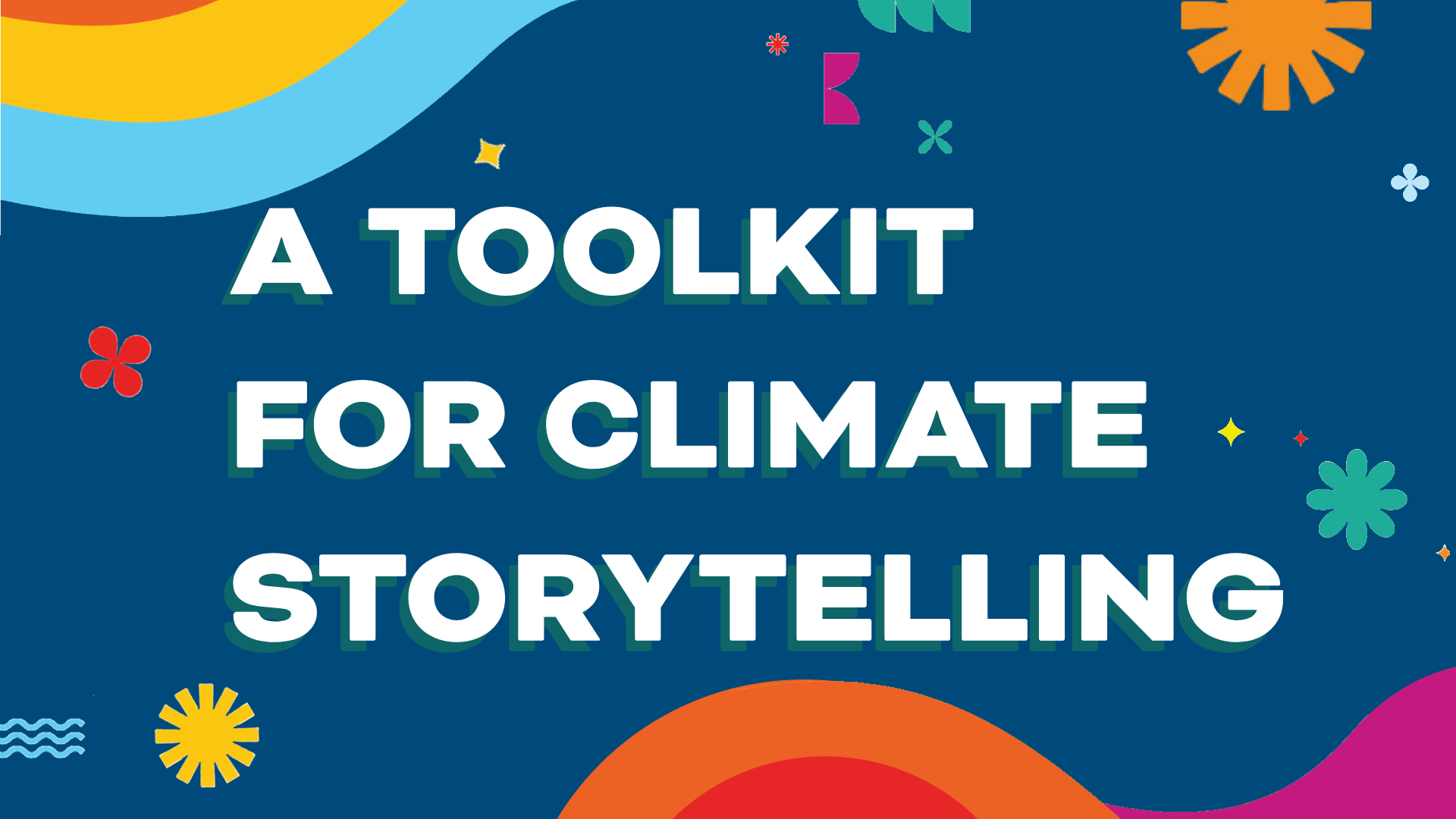Resources — Other Resources
A Sustainable Future Begins in Our School Curriculum

Photo by Allison Shelley for American Education: Images of Teachers and Students in Action
I didn’t learn about climate change until middle school. Granted, my elementary school classrooms had discussed wildfires, floods, and pollution at length—but the phrase “climate change” was introduced to me much later. This was hardly the fault of my teachers, but rather an error that stems from the lack of climate curriculum embedded into the class itself.
Any discussion on global warming was purely from a scientific standpoint; I understood that pollution was bad for the environment, that the polar bears were losing their home, and that plastic didn’t belong in the ocean. I never realized how climate change was directly affecting my city and my home state.
Minneapolis is no stranger to poor weather. Winter days in the Twin Cities typically consist of 12 inch snowstorms and piles of polluted snow gathered on the sidewalk—I knew that Minnesota was infamous for its winter weather, but I didn’t know how climate change affected my upbringing. Minneapolis is one of the fastest warming cities in the US; this has led to floods following heavy amounts of snow, a host of polar vortexes, and the overflow of Minnesota’s many lakes and rivers. Being a small elementary school student, I didn’t possess the knowledge that would allow me to connect the stark increase in flash floods to the imminent threat of climate change.
"There’s a common misconception that young people are too apathetic to care about real-world issues, too unobservant to grasp the root of the problem."
There’s a common misconception that young people are too apathetic to care about real-world issues, too unobservant to grasp the root of the problem. People my age notice how the environment is changing; though some learn about the technicalities of climate change later in their adolescence, we recognize that “record breaking temperatures'' shouldn't be a constant occurrence. That’s why people my age are demanding action on climate change.
In my second grade classroom, we learned the peripheral knowledge to understand climate change at the most basic level. What wasn’t taught, however, was the human cost of a dangerously changing climate. Even though Bill Nye provided us with digestible (and fun) science lessons that covered the bare minimum, the intersectional pieces of environmentalism weren’t discussed within my elementary and middle school classrooms. We never understood the downfalls of a capitalistic economy that was solely focused on maintaining a high profit, and we didn’t understand that climate change was a result of decades of systemic injustices.
I’m now a junior in high school, and my classes haven’t once mentioned the intersections of social justice and environmental protections. Climate change isn’t just about saving the polar bears, it’s about rebuilding and reimagining the systems in which we operate. A lack of curriculum on the effects of climate disaster in schools is incredibly dangerous, and comprehensive knowledge on intersectional movements can shift the mindset of young people everywhere. Apathy is one of the greatest deterrents of institutional progress, and educational systems have a key role in equipping students with the education to combat social apathy.
"Practices of working with the land rather than manipulating the natural world are key values that must be taught in classrooms."
Indigenous peoples of North America—the Anishinaabe in the Midwest—have been practicing land stewardship before colonialism wreaked havoc upon Indigenous communities. Practices of working with the land rather than manipulating the natural world are key values that must be taught in classrooms, and educational leaders have a responsibility to inform students of these systems.
Invasive oil pipelines like Line 3 in Palisade, Minnesota directly violate treaty rights and contribute to the epidemic of Missing and Murdered Indigenous Women. Black communities face constant threats of gentrification and pollution from large factories. In Minneapolis, the Hennepin County Energy Recovery Center—more colloquially known as a trash incinerator—is located in a predominantly Black neighborhood.
This is what needs to be taught in school. While education is necessary for institutional change, it must be coupled with substantive action; I see the implementation of a climate curriculum as a catalyst for widespread action and a push for equitable policies.
If we are to truly create a sustainable future, intersectional climate curriculum must become an integral part of K-12 education. This curriculum must not only discuss the scientific aspects of climate change, but the countless human rights violations that are a result of an unsustainable system. Climate change is rooted in over-exploitation of natural resources, which exists within a capitalist mindset—to truly curb the climate crisis, we must reiterate that people are more valuable than profit and property.
The views expressed in this article are those of the author and do not necessarily reflect views of the Aspen Institute, K12 Climate Action, commission or coalition members, or organizations with which they are affiliated.


